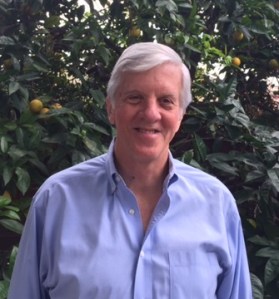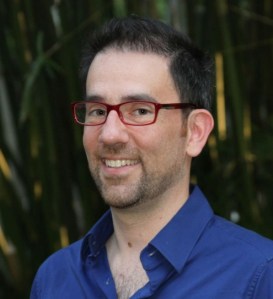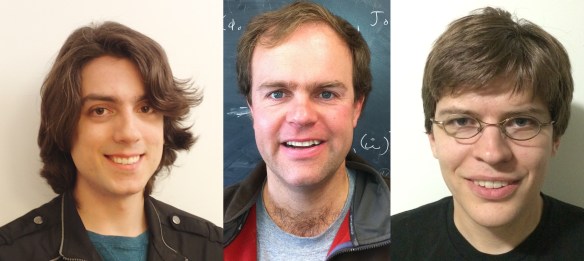
Clifford Will is the Editor-in-Chief of Classical and Quantum Gravity, Distinguished Professor of Physics at the University of Florida, Chercheur Associé at the Institut d’Astrophysique de Paris, and James McDonnell Professor of Space Sciences Emeritus at Washington University in St. Louis.
November 4, 1915 was a Thursday. It was the day that Albert Einstein gave the first of a series of four weekly lectures to the Prussian Academy of Sciences in Berlin. His life was a mess. He was separated from his wife Mileva, who had moved to Zurich taking his sons with her. He was having an affair with his second cousin Elsa. He was working night and day, was barely eating, and was suffering from stomach pains. He had agreed to give these lectures to present his theory of gravity but he still didn’t have it. To make matters worse, David Hilbert was racing to find the field equations first, and Einstein feared he would be beaten. Yet by the third lecture, Continue reading











You must be logged in to post a comment.